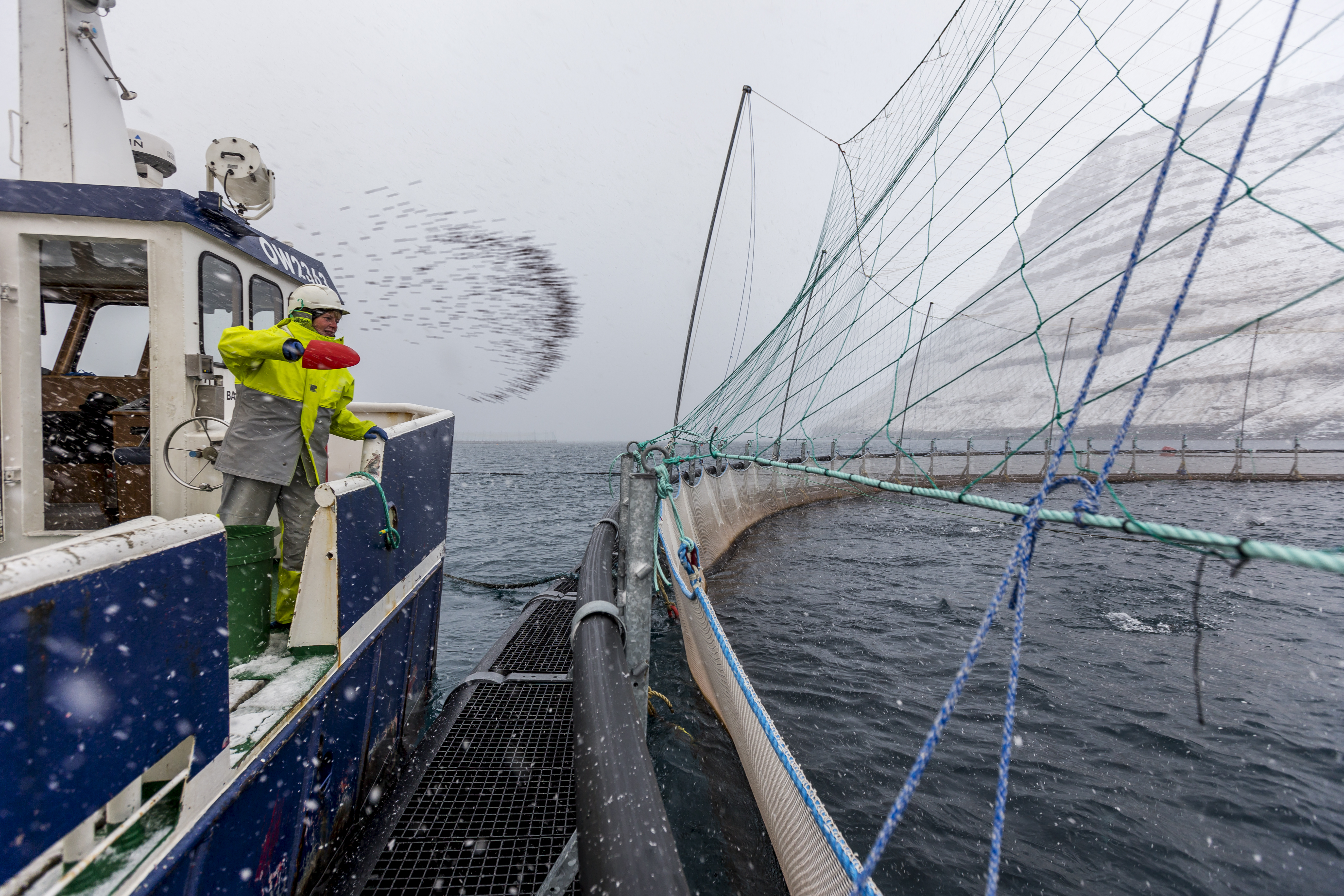Hatcheries hurt nearly all wild salmon populations, study finds

For much of the last century, fish hatcheries have been built throughout the US and around the world to boost fish populations where wild numbers have gone down.
But an analysis of more than 200 studies on hatcheries programs meant to boost salmonid numbers across the globe—including salmon, trout and whitefish—shows that nearly all have had negative impacts on the wild populations of those fish. Most commonly, hatchery fish reduced the genetic diversity of wild fish, leading to poor health and reproductive outcomes.
The findings weigh into a sensitive topic with a big price tag. In the states of America’s north-west, hatcheries are supposed to be a solution to declining wild salmonid numbers, caused in large part by hydroelectric dams, overfishing, irrigation and climate change. In the Columbia River Basin alone, officials have spent billions of dollars on nearly 200 hatcheries as well as habitat restoration projects during the past 50 years to improve wild numbers, but research shows those programs are having an opposite effect.
The global studies, all undertaken between 1971 and 2021, were analyzed by scientists at the nonprofits Trout Unlimited, based in Virginia, and The Conservation Angler, out of Washington, along with the University of Washington, the University of Montana and Université Laval, in Québec. Their analysis was published in July in the journal Fisheries Management and Ecology.
Of the 206 studies the team analyzed, more than 80% revealed hatcheries programs had adverse effects on wild salmonids. Of the 3% of hatcheries globally that were found to benefit wild populations, the majority were stocked with wild fish who were bred and released in small numbers to boost severely depleted wild populations.
John McMillan, science director at The Conservation Angler and a contributor the analysis, said the team wanted scientists all over the world who are studying the same fish species to see the impact of hatcheries programs beyond their regions of study. He said despite an overwhelming body of research showing most hatcheries programs hurt wild fish populations, it’s often controversial to criticize such programs.
“It’s frustrating from a scientific point of view, because you can see what the science suggests, but it’s understandable why we’ve been reluctant to move our position on hatcheries, because of the social implications,” he said. “This is one of those things, like climate change, where we have to sit back and think about our relationship with the animal, what it means to us and how much we want to give up so these animals can truly, potentially rebuild themselves.”
Effect of big hatcheries
This year the lawmakers in the US state of Oregon passed Senate Bill 5509, which includes $1 million for a third-party assessment of hatchery programs in the state, including analysis of their costs and benefits.
Hatcheries programs that release hundreds of thousands of fish each year had the worst effect on wild salmonid populations, according to the analysis.
“When you see really large releases of fish, they tend to swamp out the wild population,” McMillan said.
An example is pink salmon released from hatcheries in Alaska. Unlike most salmon species, pink salmon spend two years rather than one in the ocean feeding before returning to their spawning grounds in rivers. They enter the ocean almost immediately after being released, and feed on vast amounts of microscopic plankton, which are the food for larger plankton that other fish species such as Chinook, coho, steelhead and sockeye eat. When hundreds of thousands of pink salmon are released from hatcheries each year, they upset the balance of food available in the ocean for all those other species.
“It’s not leaving enough food for other salmon in the ocean,” McMillan said. It’s even hurting orca populations, who feed on those other salmon species. You consume so much at the bottom of the food chain that it cascades to lower production at the top.”
The best hatcheries, McMillan said, rear fish from wild stocks and release small but effective numbers to provide a short-term boost to the population.
McMillan said the analysis shows a need for more study of fish epigenetics—the study of how the environment a fish develops in can change and affect the way its genes work, the way it behaves and its ability to survive.
“There has been research coming out in the last four to five years indicating that even though hatchery fish are representative of the population at large from which they’re from, they’re undergoing epigenetic changes due to the hatchery rearing process,” he said.
Some of those changes are passed along to offspring. Scientists are trying to study that process and discover whether those traits are passed to wild species and whether that affects the ability of wild fish to survive, he said.
Recent studies found that some hatchery fish struggle in waters heavily affected by climate change. Wild fish have had millions of years to evolve through conditions that, at times, have resembled the present. Though they may have similar DNA, the influence of hatchery conditions on fish could make them less prepared to survive in volatile ocean conditions than wild fish.
“Many of these wild fish have the genes to deal with these changing environments. But it’s unclear whether the hatchery fish do,” McMillan said.
This story was original published in the Oregon Capital Chronicle, which is a part of the States Newsroom network.
Alex Baumhardt is a reporter for the Oregon Capital Chronicle. She has been a national radio producer focusing on education for American Public Media beginning in 2017. She has reported from the Arctic to the Antarctic for national and international media, and from Minnesota and Oregon for The Washington Post. She previously worked in Iceland and Qatar and was a Fulbright scholar in Spain where she earned a master’s degree in digital media. She’s been a kayaking guide in Alaska, farmed on four continents and worked the night shift at several bakeries to support her reporting along the way.